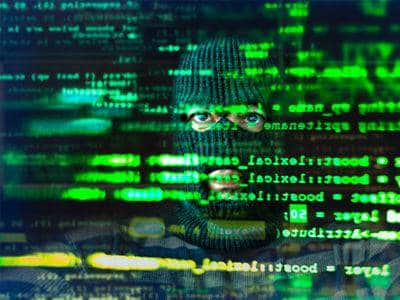In the fall of 2015, American privacy supporters were relieved that draconian legislation requiring companies to create backdoors for the US government to overcome encryption of individuals’ private information did not make its way through Congress. In fact, the Obama administration then represented that it would both stop seeking such legislation and refrain from otherwise pressuring companies to provide the government with backdoor access to customers’ encryption-secured information.
However, everything is not as the Obama administration desired the public to believe. It appears that the Tuesday court order demanding that Apple breach an iPhone’s built-in privacy protections so the government can access the secured information is a materialization of the executive branch’s stealth “plan B” effort to obtain its anti-privacy objectives via other means.
Michael Riley and Jordan Robertson, in an intriguing Friday Bloomberg article, report that, fresh off the fall communication that the executive branch would not seek legislation requiring the installing of backdoors, “senior national security officials ordered agencies across the U.S. government to find ways to counter encryption software and gain access to the most heavily protected user data on the most secure consumer devices, including Apple Inc.’s iPhone, the marquee product of one of America’s most valuable companies, according to two people familiar with the decision.”
Riley and Robertson suggest the court order against Apple is a result of these executive branch efforts pursued at the direction of senior national security officials. Riley and Robertson write:
On Tuesday, the public got its first glimpse of what those efforts may look like when a federal judge ordered Apple to create a special tool for the FBI to bypass security protections on an iPhone 5c belonging to one of the shooters in the Dec. 2 terrorist attack in San Bernardino, California that killed 14 people.
This is more confirmation of what many people already figured must be the case: The court order is not just the result of an isolated instance of a prosecutor seeking to access private information connected to one murderer’s phone. Instead, the court order is part of a top-down executive branch effort to overcome the security, including encryption, of everyone’s information.


